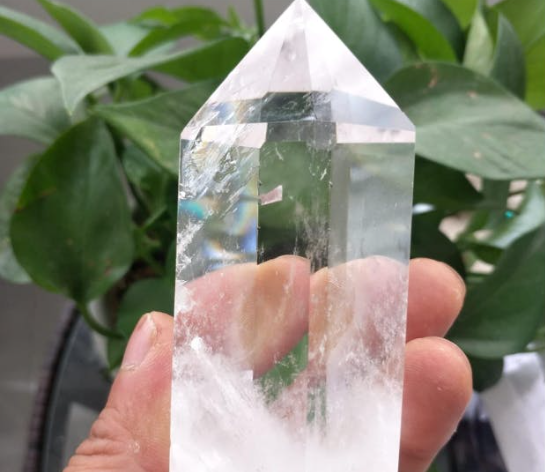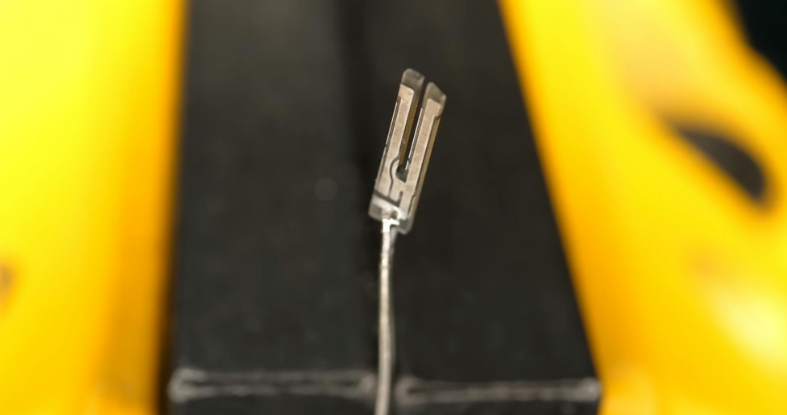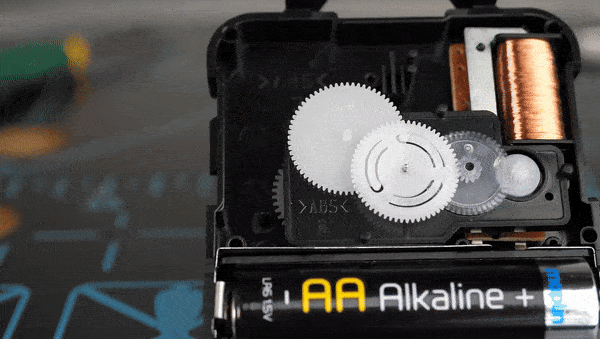How does a Watch work?
Hey Explorers, Happy Wednesday!
Let’s look at how a watch works this week. I aim to write my newsletter issues in a way one can follow them while traveling on a bus, having a coffee, waiting for food, etc. Let's jump in!
How it works: 15-second answer
A quartz watch uses the piezoelectric effect. A quartz crystal vibrates precisely at 32,768 times per second when electricity is applied. Digital circuits divide this frequency down to one pulse per second. This pulse drives a stepper motor that moves the watch's hands, ensuring accurate timekeeping.
How does a Watch work?
Every one of us must have worn a watch at some point in our lives. While some don’t care, people like me like to wear them every day. These are fascinating devices that are not connected to the internet (except the smartwatches…I don’t consider them to be watches but they are gadgets) but were still able to tell us the time almost accurately. How is this even possible?
Solar-powered, automatic, and battery-based are types of watches available and commonly known to us. But for now, let’s look at how the most commonly used ones work - the battery-based ones.
A concept before we proceed: Piezoelectric effect
Certain materials generate an electric charge when they are bent or deformed. Conversely, they can also bend, vibrate, or deform when they are subject to an electric voltage. They work both ways.
Figure 1: Quartz crystal. It is primarily made of silicon dioxide.
Such materials are called piezoelectric materials and a Quartz crystal is one of them. Does that ring a bell? Yes, the quartz watch is called after they used quartz crystals to primarily tell the time. It was used in a Seiko watch for the first time in the year 1969. In today’s money, it cost $8000 back then from my research. But how is it made possible?
Oscillating Tuning Fork
A very small quartz tuning fork is manufactured and placed in a watch. When electricity is passed through it, the tuning fork oscillates due to the piezoelectric effect at precisely 32768 times in one second. So if we can somehow count 32768 oscillations of this fork, we know that one second has passed.
Figure 2: Tuning fork quartz crystal that oscillates 32768 times per second in a watch
Now by consistently passing electricity to the tuning fork, we can constantly keep track of every passing second. Yes, this is why we need a battery and can’t do without it in this case.
After every 32768 oscillations (one second), a stepper motor is commanded to move incrementally which will then rotate a set of gears to eventually spin the second hand by 6 degrees. (60 seconds of the second hand is one full rotation in a clock which is 360 degrees. So one second of the second hand is 6 degrees)
But why specifically 32768 oscillations?
32768 oscillations per second of the tuning fork is 32768 Hz. Hertz (Hz) is the unit for frequency. Frequency is the number of times something happens per second in this case. Now that we have established this, there are 2 reasons for this specific number:
Humans can hear sounds up to 20000 Hz: If the oscillations of the tuning fork in a watch keep making an audible sound, then imagine all of us living our lives constantly listening to a buzzing noise from all of our watches. This is undesirable. So we want to have a frequency that is at a minimum of 20000 Hz.
The frequency should be a power of 2 for digital circuits to count the oscillations: 32768 is basically 2 to the power of 15. And this is the lowest power of 2 above 20000 Hz. Due to the piezoelectric effect, the tuning fork oscillations in turn produce an oscillating (sine-wave) electric signal. Digital circuits have an advantage by using what are called flip-flops (these are electronic circuits which can be used to half the signal in this case). So we can use 15 of these to measure 32768 oscillations from this sine wave accurately. Every 32768 oscillation is one second.
Gear mechanism:
Once we accurately measure one second, the digital circuit commands for the second hand to be moved by one second.
It only looks complicated inside a watch but nothing conceptually fancy here. A stepper motor (it moves in small incremental angles of motion as opposed to other types) is commanded by the circuits to spin, which in turn rotates a set of gears. These eventually connect to the gear that rotates the second hand on either side which we see.
Figure 3: Stepper Motor incrementally spinning the gears. Courtesy: Steve Mould.
This is how your watch works!
Fun fact: The quartz crystal technique used here is exactly how your laptop, phones, and most of the microcontrollers keep track of time without having to connect to the internet. It is super accurate with very little to no errors.
Question of the week
How does a mechanical watch work without even needing a battery? Reply to this email with your thoughts and we can have a discussion.
That’s all folks. Thank you for reading!
Have an amazing rest of the week, and take care!
Until next to next Wednesday,
Chendur



